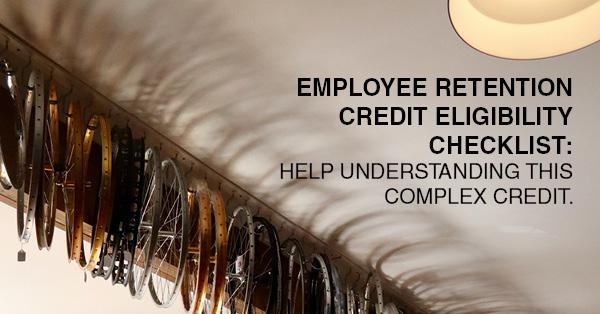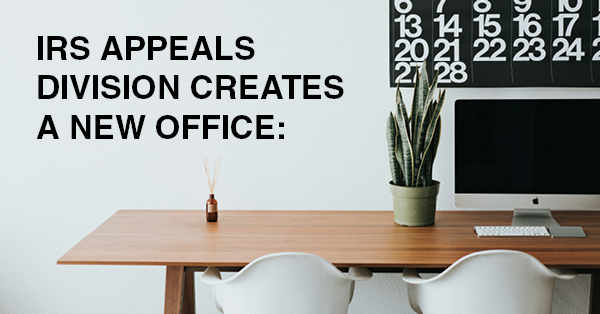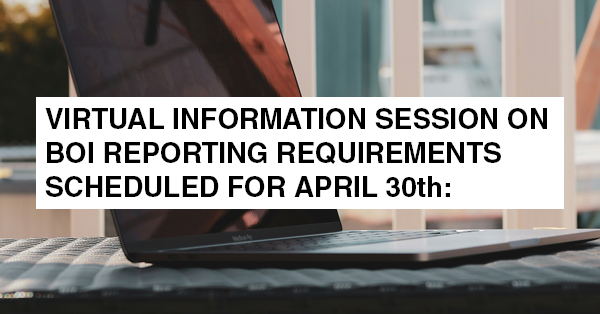EMPLOYEE RETENTION CREDIT ELIGIBILITY CHECKLIST: HELP UNDERSTANDING THIS COJMPLEX CREDIT.

The Employee Retention Credit (ERC or ERTC) is a complex tax credit for businesses and tax-exempt organizations that kept paying employees during the COVID-19 pandemic either when they were shut down due to a government order or when they had a significant decline in gross receipts during certain eligibility periods in 2020 and 2021.
The IRS continues to see aggressive marketing that lures ineligible taxpayers to claim the ERC. While the credit is real, many promoters are aggressively misrepresenting who can qualify for the credit. In many instances, the IRS is seeing businesses and organizations being misled by promoters into thinking they're eligible when they are not.
As a reminder, anyone who improperly claims the ERC must pay it back, possibly with penalties and interest. The IRS wants to help taxpayers avoid this situation, so they prepared this question-and-answer chart to help them figure out if they may be eligible for the credit. You can use this chart with someone who is considering claiming the credit or with someone who has already submitted a claim to the IRS.
The IRS is committed to helping taxpayers while preventing improper ERC claims and fraud. Always check IRS.gov for the latest information, including recordkeeping requirements.
Part A: Checking your eligibility
This chart can help a business or other organization quickly decide if they may qualify for the Employee Retention Credit. This is a very technical area of the law, but this chart includes the main eligibility factors. Answer these questions in numerical order to see if you may be eligible to claim the ERC.
| Eligibility questions | Next steps |
|---|---|
| 1. Did you have employees and pay wages to thembetween March 13, 2020, and December 31, 2021?For more info, see irs.gov/ercgualified | • If yes, go to #2. • If no, you aren't eligible to claim the ERC. If you improperly claimed ERC, see Part C. |
| 2. During that time, were you: • A self-employed individual who didn't have employees? • A household employer? |
• If yes to either question, you aren't eligible to claim the ERC. If you improperly claimed ERC, see Part C. • If no, go to #3. |
| 3. Did your trade or business experience a significant decline in gross receipts during the eligibility periods during 2020 or the first three calendar quarters (Jan. through Sept.) of 2021? For more info and examples, see the ERC frequently asked questions: irs.gov/ercdecline |
• If yes, you may be eligible for the ERC. You will need to confirm that your decline in receipts meets requirements. See the ERC frequently asked questions: irs.gov/ercdecline. If you meet the requirements, skip to Part B. • If no, go to #4 . |
| 4. Were you a recovery startup business? That's certain businesses or organizations that began carrying on a trade or business after February 15, 2020. The new trade or business doesn't need to be pandemic- or recovery-related. For more info, see the ERC frequently asked questions: irs.gov/ercrecovery |
• If yes, you may be eligible for the ERC, but you must confirm that your gross receipts meet specific requirements related to recovery startup businesses. See the ERC frequently asked questions: irs.gov/ercrecovery. If you meet those requirements, skip to Part B. • If no, go to #5. |
| 5. Was the operation of your business or organization fully or partially suspended by a government order due to the COVID-19 pandemic during 2020 or the first three calendar quarters (Jan. through Sept.) of 2021? It must have been a government order, not guidance, a recommendation or a statement. For more info, see the ERC frequently asked questions: irs.gov/ercgualifyin |
• If yes, you may be eligible for the ERC. See #6, and make sure you can show that the government order was a) related to COVID-19 and b) resulted in your trade or business operations being fully or partially suspended. • If no, you are not eligible to claim the ERC. If you improperly claimed ERC, go to Part C. |
| 6. Are you claiming the ERC because of supply chain issues? For more info, see the ERC frequently asked questions: irs.gov/ercsupply |
• If yes, be extremely cautious; this is a common point of confusion, and even if you experienced supply chain disruptions you often will not be eligible as a supply chain issue by itself does not qualify you for the ERC. Review carefully the ERC frequently asked questions at irs.gov/ercsupply, as they address supply chain issues. If you still believe you qualify, go to Part B. If you improperly claimed ERC due to a supply chain issue that doesn't qualify, go to Part C. • If no, go to Part B . |
Part 8: Claiming the ERC if you're eligible If the previous questions directed you to Part B, you may qualify for the ERC based on the information you provided. Be sure you have thorough records that show wages paid, gross receipts, government orders and other required documents. If you need help claiming the credit, you should work with a trusted tax professional. You can find more information at IRS.gov/ERG such as frequently asked questions, examples, guidance, warning signs of scams and more.
Part C: Resolving an improper ERC claim If you improperly claimed the Employee Retention Credit, you will be able to withdraw your amended return that included your ERC claim as long as your claim has not been processed and paid. Requesting a withdrawal means you would be asking the IRS not to process your entire amended return that included your ERC claim. The IRS will provide details on how to withdraw an ERC claim. In addition, the IRS is working on a settlement initiative for taxpayers who believe they shouldn't have claimed the ERC and want to repay it. Check irs.gov/ERC for updates.




